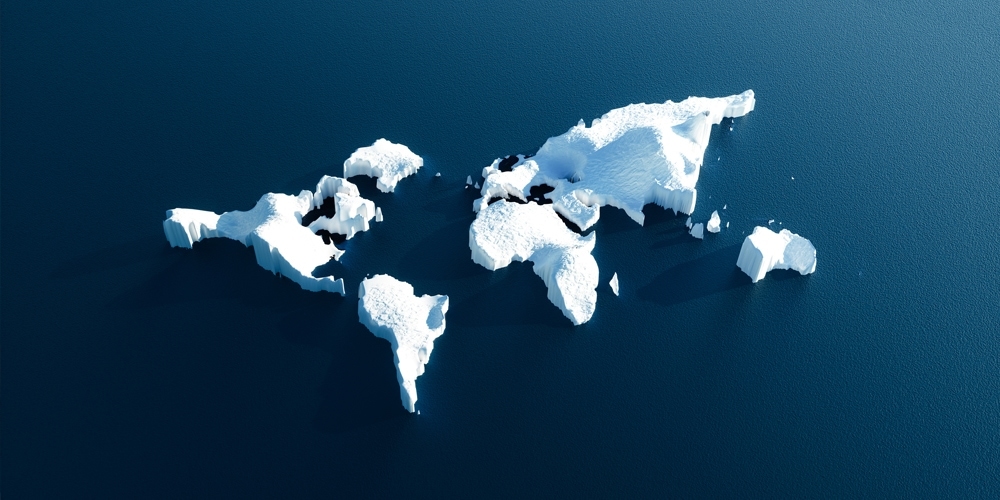
After spending nearly 40 years in the rural Arctic, lately as the Native Ministries coordinator for the Alaska Conference, I am more convinced every day that the Bible has it right. Isaiah chapter 51 reads, “Lift up your eyes to the heavens, and look at the earth beneath; for the heavens vanish like smoke, the earth will wear out like a garment, and they who dwell in it will die in like manner; but my salvation will be forever, and my righteousness will never be dismayed” (51:6, ESV).
We are living in a time with unprecedented changes in our world happening on a regular basis. While the debate over climate change and global warming is heated, I’m not writing this article as an argument for or against these issues. I simply want to tell you that what I see in the Artic underscores what I see in Scripture.
The high Arctic is ground zero for observation of these phenomenal events the Bible talks about. Take, for example, what geologists call a “slump.” There’s a well-documented slump on the Selawik River in northwest Alaska, United States. This slump did not happen because of heavy rain but instead by the sudden melting of permafrost. A few years after it first appeared, the slump was even more pronounced.
Fly over the Alaska tundra, and you’ll see another now-common sign of our aging earth — a drained lake. This phenomenon can occur overnight as if someone pulled the drain plug.
A more threatening situation is the coastal erosion happening due to the reduction of ice cover during ferocious fall and winter storm surges. A number of coastal villages are threatened with imminent destruction. A good example of this is the village of Kivalina.
This small village is perched on a barrier island between a coastal lagoon and the Arctic Ocean along Alaska’s west coast. As their island narrows, the villagers are divided on whether to move to higher ground about 7 miles (11 kilometers) inland at the possible cost of US$250 million or to stick it out on their ancestral lands, come what may.
What About Our Mission?
What does this have to do with us as a church and our mission? Here in Alaska, these signs of our earth growing old add a sense of urgency to what we do and how we live. Some people groups have yet to hear the preaching of the three angels’ messages.
At the moment, God has put in place a kind of temporary delay, “not wishing that any should perish, but that all should reach repentance” (2 Peter 3:9, ESV). Here in the Alaska Conference church region, we believe it makes very good sense to invest time and resources where the need is great, and while the opportunities exist.
It is the reason the Alaska Conference has launched the Artic Mission Adventure (AMA) initiative. AMA envisions the recruitment of both financial resources and volunteers suited to the task of living and serving in the remote rural high latitudes of the Arctic. AMA, at the same time, is developing a cadre of Alaska Native leaders who are being trained in church administration, preaching, teaching, and worship leadership.
AMA is more than a vision. We have volunteers already making a difference. Take, for example, Jose and Edna Estrella, AMA volunteers based in Selawik, Alaska, making a significant difference in this village of nearly 1,000 people. Also, Tony and Airen Sherman have spent more than eight years in the village of Shungnak. After spending the summer and fall doing medical work in Delta Junction, Alaska, they returned in early November for another winter in the far north.
This vital initiative wouldn’t happen without crucial partnerships of finances and physical resources. Adventist World Aviation is collaborating with AMA to provide transportation support to reach these precious villages.
Now is the time to do it.
The original version of this story was posted on the Pacific Union Conference Gleanersite.